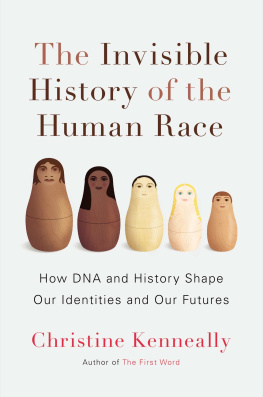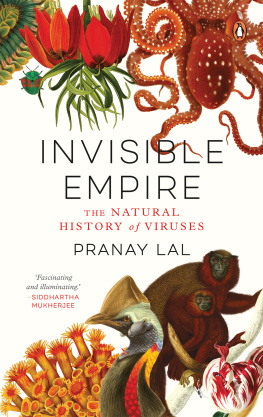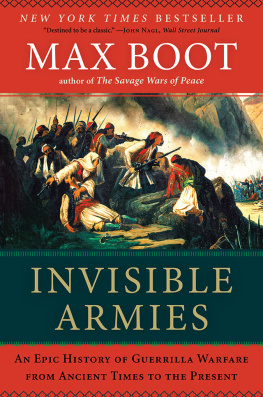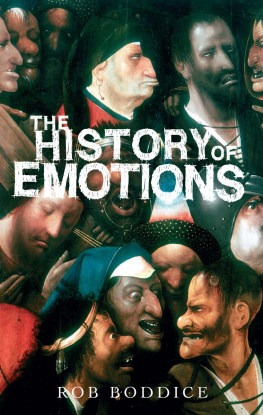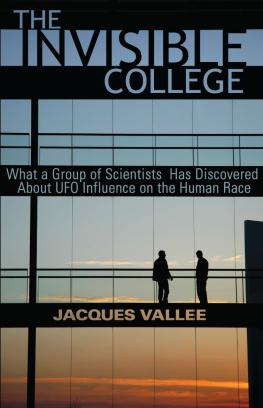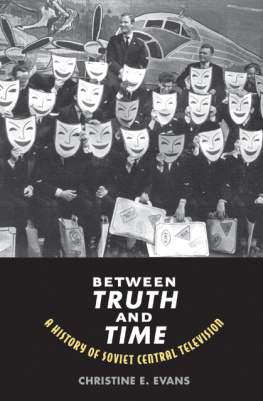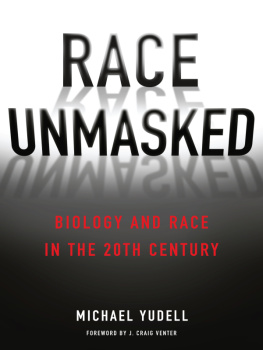AUTHORS NOTE
It was my goal in this book to bring together in a natural way the questions of the general reader about our immediate and historical ancestry and the considerations of the humanities and sciences. The traditional domains have much to offer one another, and this is more true than ever in the age of the personal genome and big DNA data. When I began reporting, I had a memorable conversation with Michael McCormick at Harvard. McCormick is a historian of the Roman Empire and medieval history who has extended his interest in ancient manuscripts to include the Y chromosome, charcoal layers in the soil from ancient fires, and the isotopes in old bones. What was considered historical evidence in the nineteenth century was only written records; now its atomic disorder and genes, he said. The distinction between history and prehistory is blurred, if not dissolved.
Ive focused on aspects of inheritance, and our philosophies of it, that either are particularly fresh or have not been paid much attentiontheir invisibility made them all the more interesting. Herein are studies from psychology, economics, history, and genetics, anecdotes and data from business, science, and the lives of many fascinating individuals. They each exemplify in some way what gets passed down over the generations, and they all provide insights that resonate with one another. As I hope to demonstrate by the end of the book, the concept of ancestry can bring genetics and history together fruitfully; perhaps ancestry will lead us to a place where we can make use of these different kinds of data in a more unified way.
This book focuses primarily on what genetics and genomics can tell us about the connection between an individuals genotype and his history and idiosyncratic traits. Inevitably there are fascinating one-off findings and whole fields of inquiry that I could not include for reasons of length. Twin studies and calculations of heredity based on the differences between them are not referenced here. Before we were able to dig into the genome, twin studies were one of the best ways to try to work out what gets passed down. Identical twins have the same genome, so when they end up looking different, having different aptitudes, or developing different diseases, it tells us that the same genome may be expressed in different ways, and it may tell us what aspects of the environment shape a person via their genome. Twins will always be interesting to geneticists, but traditional twin studies used an indirect method for estimating what is passed down.
Writing a book about DNA presents an inherent challenge, as scientists and scholars of the humanities often think about the subject in different ways while the rest of us may think about it in yet another. Until now theres been little synthesis between the ways we consider genes and health, genes and culture, genes and history, genes and race, and genes and specific traits. We often treat these aspects of our lives as if they were completely distinct, and when we attempt to understand the role that DNA plays, we do so from only one vantage point. But DNA does what it does without regard to any of the conceptual silos in which we attempt to confine it.
Its often the case that when people discuss DNA, they are not talking about DNA at all but rather about the idea of biological determinism, racism, sexism, or the concept of ownership. Or perhaps theyre just experiencing a deep-down, angry resistance to the idea that something we do not control may influence our fate. Sometimes people emphasize that the similarities to be found in our DNA prove we are one big family or, alternatively, that the differences in our DNA reveal much about why we are different. Where appropriate I have endeavored to directly address these concerns, and elsewhere I do my best when I use the word DNA to mean only DNA.
How DNA shapes us physically is a fascinating but still nascent science. The most solid findings are found in the area of physical health and traits, so I focused on findings from these domains. Does DNA contribute to human behavior, decision making, and complex traits like language and intelligence? Of course it does. But probably not in the ways that many people imagine or fear. At present one of the most complex problems in genetics is how DNA contributes to common diseases. Perhaps once we have solutions to these mysteries, the relationship between genetics and behavior will become clearer.
A note for readers who are scientists, to keep the book accessible, when I talk about locations on the genome, I may talk about places or segments. When I discuss single nucleotide polymorphisms, I often describe them as letters. Sometimes when I use the word gene, I am referring to all the possible alleles of that gene. Sometimes I am referring to only one allele, as in the gene for a particular condition or trait.
VIKING
Published by the Penguin Group
Penguin Group (USA) LLC
375 Hudson Street
New York, New York 10014

USA | Canada | UK | Ireland | Australia | New Zealand | India | South Africa | China
penguin.com
A Penguin Random House Company
First published by Viking Penguin, a member of Penguin Group (USA) LLC, 2014
Copyright 2014 by Christine Kenneally
Penguin supports copyright. Copyright fuels creativity, encourages diverse voices, promotes free speech, and creates a vibrant culture. Thank you for buying an authorized edition of this book and for complying with copyright laws by not reproducing, scanning, or distributing any part of it in any form without permission. You are supporting writers and allowing Penguin to continue to publish books for every reader.
LIBRARY OF CONGRESS CATALOGING-IN-PUBLICATION DATA
Kenneally, Christine, author.
The invisible history of the human race: how DNA and history shape our
identities and our futures / Christine Kenneally.
p. cm.
Includes bibliographical references and index.
eBook ISBN: 9780698176294
I. Title.
[DNLM: 1. Geneticshistory. 2. Pedigree. 3. DNAhistory.
4. Human Migrationhistory. QU 11.1]
RB155
616'.042dc23 2014021679
Version_1
Introduction
We follow in the steps of our ancestry, and that cannot be broken.
Midnight Oil
One cannot and must not try to erase the past merely because it does not fit the present.
Golda Meir
T heres a moment somewhere between the North Pole and the South when I look out my window and see the top of the Himalayas. At first the shapes are clouds, but then they resolve into immense snow-covered crags, perfectly still in the cumulus sea. It doesnt matter how many times Ive seen them before; I am always surprised. They are proof that I am somewhere very high and very strange. At thirty thousand feet light floods the plane. Ahead the night drapes across the earth. We barrel toward the darkness, and then we tunnel quickly through it. In a few hours, when we land, it will be morning.

